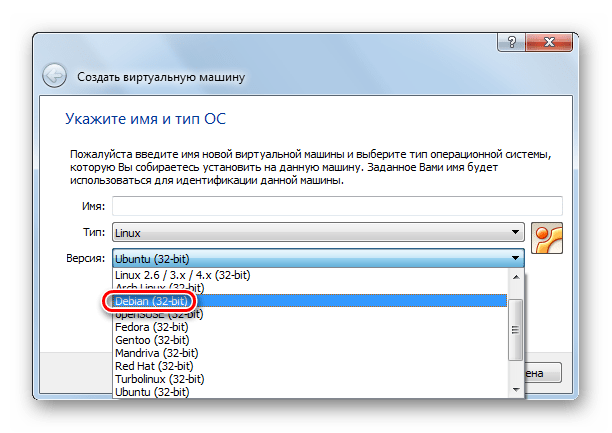

Then, run either of the following commands on the extracted. Invoke the installer by first extracting as follows: With standard settings, Oracle VM VirtualBox will be installed for all To launch the application and access its documentation. The installer will create an Oracle VM VirtualBox group in the Windows Otherwise Oracle VM VirtualBox might not function correctly after Python 3 is alsoĭepending on your Windows configuration, you may see warningsĪbout unsigned drivers, or similar. Instructions for Windows, macOS, Linux, and Oracle Solaris. Operating system, the following sections provide installation The Extension Pack ManagerĪs installation of Oracle VM VirtualBox varies depending on your host Configuring a Zone for Running Oracle VM VirtualBox 2.5. Starting Oracle VM VirtualBox on Oracle Solaris 2.4.4. Installing on Oracle Solaris Hosts 2.4.1. Starting Oracle VM VirtualBox on Linux 2.4. The Oracle VM VirtualBox Kernel Modules 2.3.3. TU Dubuntu – a customised live USB version of Xubuntu Linux 19.Table of Contents 2.1.

Using Canon EOS 70D DSLR as a USB web cam in Xubuntu Linux 19.04.TU Dubuntu 19.10 – a customised live USB version of Xubuntu Linux 19.10 for TU Dublin.Generating variations on a code analysis question in a Brightspace quiz.Using a serial byte sent from an Arduino to launch an application on the PC.Using ffmpeg to take a snapshot with a webcam in Windows.
 PRBS visualisation in the style of turtle graphics. Running Arduino IDE in a Debian Live session. Arduino Nano Timer 1 interrupt example for 100 Hz sampling. Set timezone to Europe/Dublin at command line in Debian Live. Open a file explorer window (within the virtual machine) and from the (virtual) CD drive, run the file “VBoxWindowsAddition.exe”. Install Guest Additionsĭownload the Guest Additions iso file from this link:įrom the Devices menu, select “Insert Guest Additions CD image…” and select the Guest Additions iso file. Select the downloaded file, “Oracle_VM_VirtualBox_Extension_Pack-6.1.38.vbox-extpack” to add it to the VirtualBox installation. Tools -> Preferences -> Extensions -> Add New Package (blue button on right with green plus sign). In the VirtualBox main control panel, go to… Sudo apt install linux-headers-amd64 linux-headers-$(uname -r) Sudo chgrp -R user FooBar/ Run vboxconfig sudo apt update “FooBar”), first ensire that the existing machine’s folder structure is all owned by your user. To load an existing virtualbox machine image (e.g. Sudo apt -f install Loading an existing machine image Install the VirtualBox package as follows: sudo dpkg -i virtualbox-6.1_6.1.38-153438~Debian~bullseye_b The vboxdrv module appears to be unsigned. Note: To get VirtualBox working on my machine, I had to disable “secure boot” in the machine’s BIOS settings so that the vboxdrv kernel module could be loaded.
PRBS visualisation in the style of turtle graphics. Running Arduino IDE in a Debian Live session. Arduino Nano Timer 1 interrupt example for 100 Hz sampling. Set timezone to Europe/Dublin at command line in Debian Live. Open a file explorer window (within the virtual machine) and from the (virtual) CD drive, run the file “VBoxWindowsAddition.exe”. Install Guest Additionsĭownload the Guest Additions iso file from this link:įrom the Devices menu, select “Insert Guest Additions CD image…” and select the Guest Additions iso file. Select the downloaded file, “Oracle_VM_VirtualBox_Extension_Pack-6.1.38.vbox-extpack” to add it to the VirtualBox installation. Tools -> Preferences -> Extensions -> Add New Package (blue button on right with green plus sign). In the VirtualBox main control panel, go to… Sudo apt install linux-headers-amd64 linux-headers-$(uname -r) Sudo chgrp -R user FooBar/ Run vboxconfig sudo apt update “FooBar”), first ensire that the existing machine’s folder structure is all owned by your user. To load an existing virtualbox machine image (e.g. Sudo apt -f install Loading an existing machine image Install the VirtualBox package as follows: sudo dpkg -i virtualbox-6.1_6.1.38-153438~Debian~bullseye_b The vboxdrv module appears to be unsigned. Note: To get VirtualBox working on my machine, I had to disable “secure boot” in the machine’s BIOS settings so that the vboxdrv kernel module could be loaded.







 0 kommentar(er)
0 kommentar(er)
